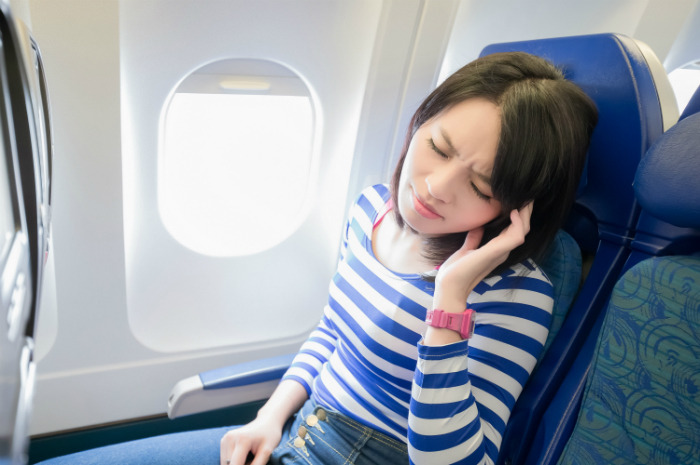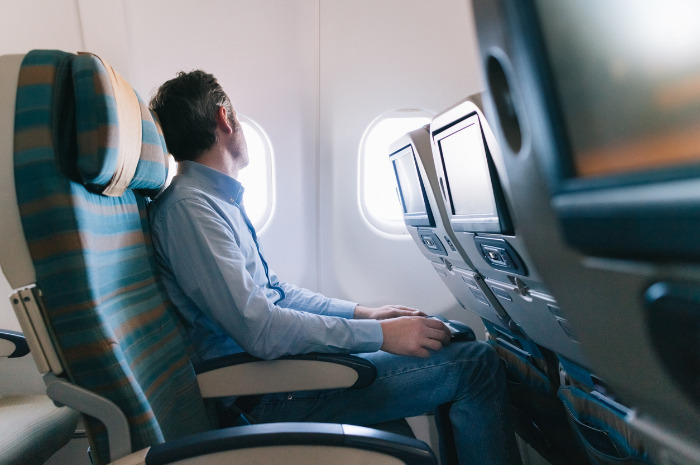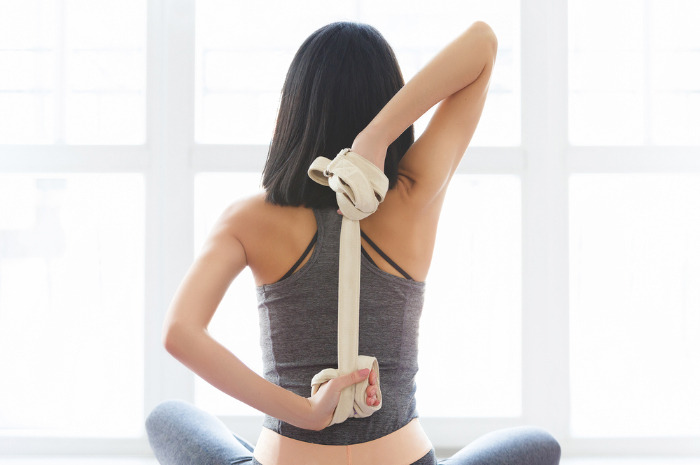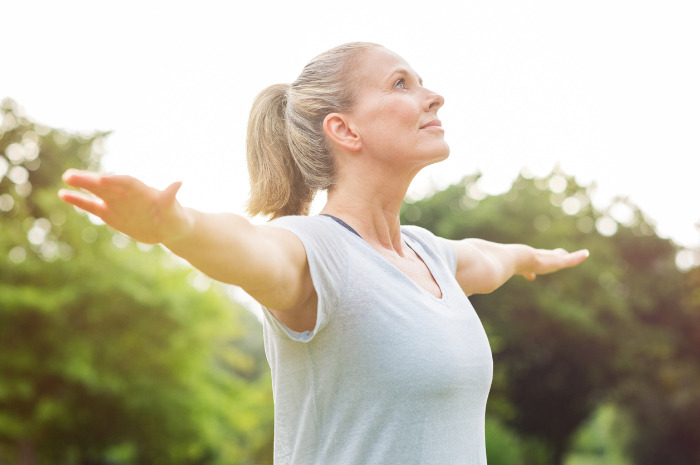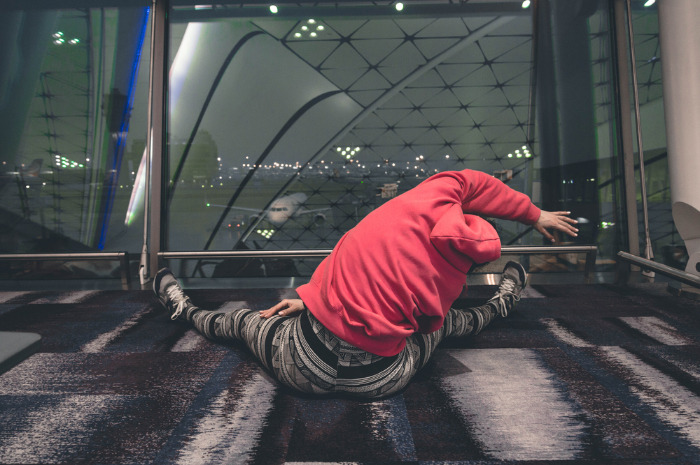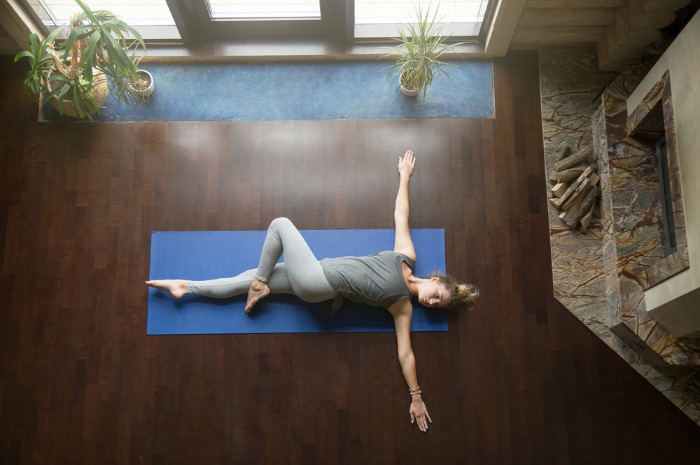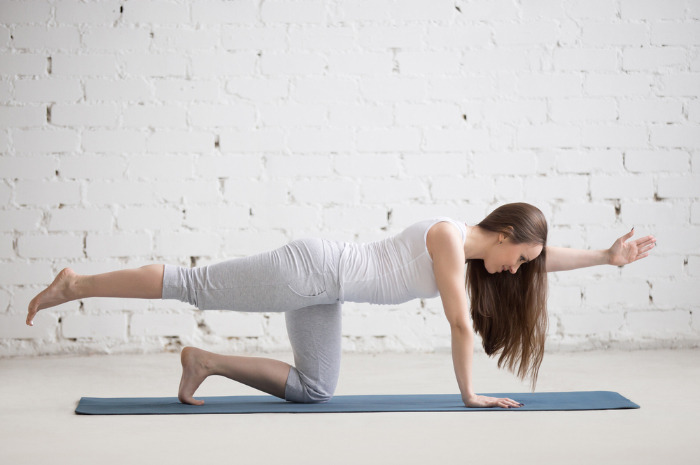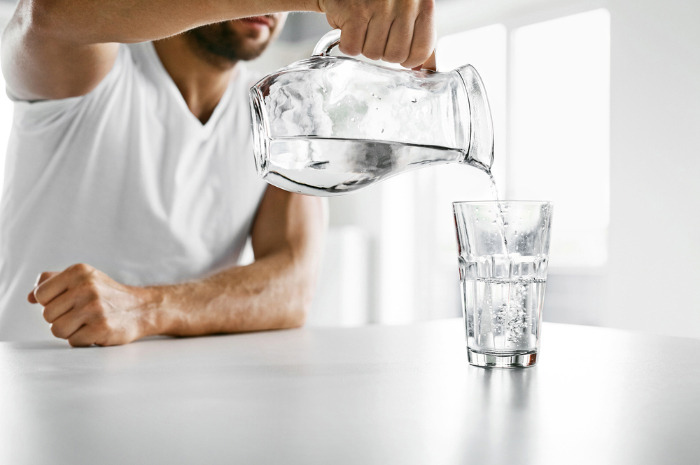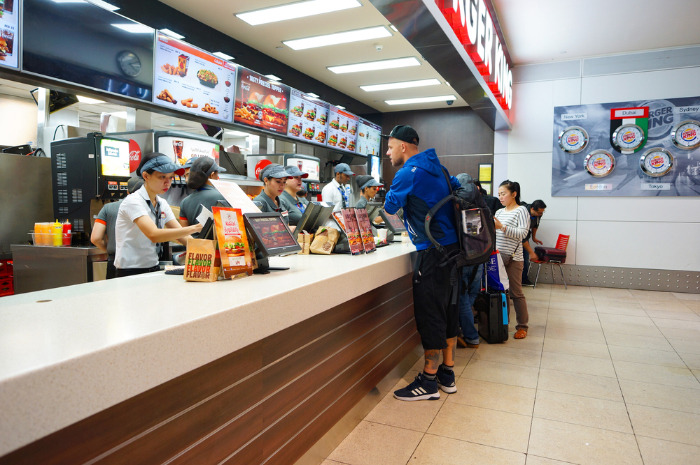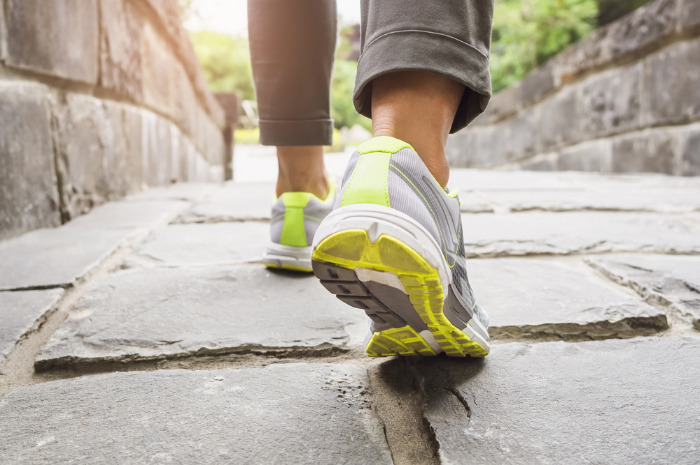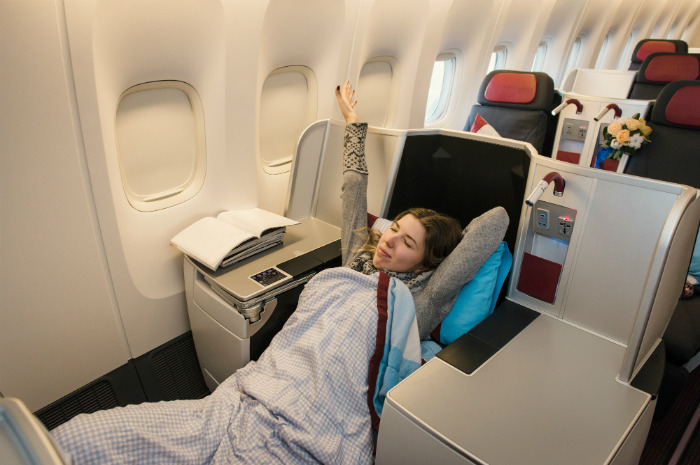10 Tips To Help Make Traveling Easier On Your Body
Every day more than 8 million people travel via plane. When they land, they experience exhaustion, jet lag and stiffness. The best way to minimize the negative effects of sitting for several hours in a confined area is by moving as much as possible. "Think of yourself as a whole," Carrie Owerko, Yoga Instructor and Iyengar Specialist, says. "The single most important thing is to move the whole body."
Focus on your pose
Iyengar yoga tends to focus more on alignment, Owerko says. It plays closer attention to whether movements are done in a sustainable manner, she adds. "This kind of yoga often incorporates props such as belts or chairs to make poses more accessible and to bring awareness to parts of the body that are not used as much."
Use a yoga belt
"A yoga belt is a simple, lightweight extremely versatile prop that allows people who are less flexible an easier access to many yoga poses and movements," Owerko says. They take up virtually no space and can be used to open chest and shoulders, help relieve neck and back tension and can be used to help strengthen, as well as stretch, various muscles and provide an invaluable tool for joint traction, creating much needed space in the spine, as well as many other joints, Owerko says.
Do circular movements
Big arm circles are very useful because you move your shoulders and upper and lower back as well, Owerko says. Warm up all of your major joints (neck, shoulders, wrists, hips, legs, and ankles) with circular movements.
Side bending
This kind of move is especially helpful to people with back tension, which is a common problem when traveling. Side bends create space in the intercostal muscles between the ribs, which makes deep breathing easier. Hold the stretch for three to five breaths before releasing slowly and repeating on the other side.
Supine twisting
It depends on where you are stiff, but gentle supine twisting poses are really great for mobilizing the hips, shoulders and spine, Owerko says. A lot of people think of hamstrings when it comes to stretching, but don't forget to do spinal and shoulder exercises to increase flexibility. They can really help you out. The spinal twist is a good example. It keeps the hips neutral and it's very accessible. You can go as far as you can.
Hip and spinal extensions
"I like to do some type of hip and spinal extensions before sitting for long periods," Owerko says. Bridging type of movements are really great, she adds. Hip extensions strengthen your glutes and hamstrings, both important muscle groups for maintaining proper posture. Start on your back with your arms out to your sides for stability, in a bridge. Bend your left leg and plant your left foot firmly on the ground then raise your lower body and right leg out in a straight line off the floor. With toes pointed back toward you, raise your hips and right leg higher, maintaining a straight line with your body.
Drink a lot of water
"When I travel I make sure I move before I fly and drink lots of water," Owerko says. Staying hydrated will help you feel better when you land by keeping energy levels up. Dehydration can lead to muscle cramps. Lack of water slows everything in the body down, leaving you feeling sleepy and tired. Even mild dehydration – about 1.5 percent loss in normal water volume in the body – can alter a person's mood, energy level, and ability to think clearly," according to two studies.
Avoid salt
Owerko also advises against consuming foods with a lot of sodium. When extra salt is stored in the body, your blood pressure goes up. The body holds more water, increasing the volume of blood, which leads to high blood pressure. More fluid means more blood going through veins and arteries which can weaken them. They can stiffen, which can cause hypertension.
Take a brisk walk
Move as often as you can in flight, Owerko says. "And definitely after. Take a brisk walk or run, then get down in the floor." Mild cardio exercises can help with jet lag as well. They will help get your circadian rhythm back in order. Anything that gets your blood pumping again is a good idea. If it's possible, go on brisk walks outside to get the benefit of the natural sunlight. It stimulates the produce of serotonin, the brains "happy" hormone, which improves the mood.
Stretch
"Stretch and breathe! It makes a huge difference," Owerko says. Doing a few simple stretches will get your blood flowing, massage your muscles and internal organs, and relieve anxiety. Examples of dynamic stretches are walking lunges, jumping jacks, butt kicks, leg swings, and high knees. Moving while stretching increases the temperature of the muscles to ensure they are flexible and pliable.
